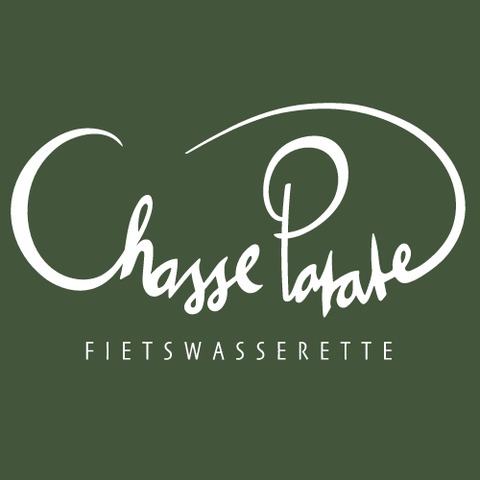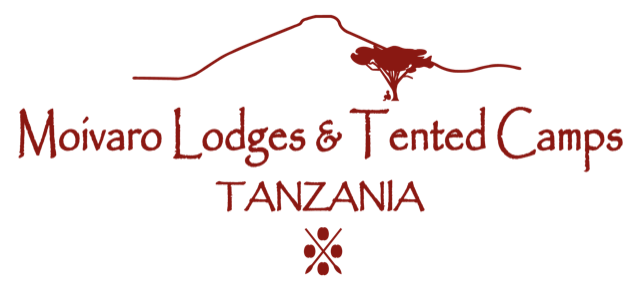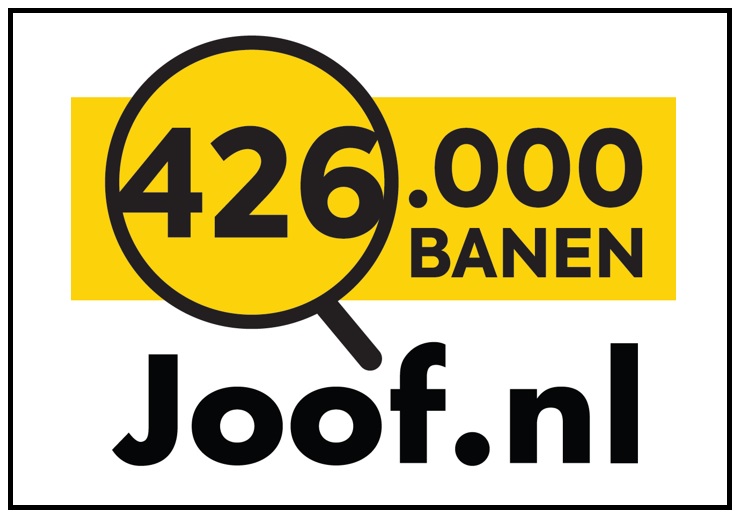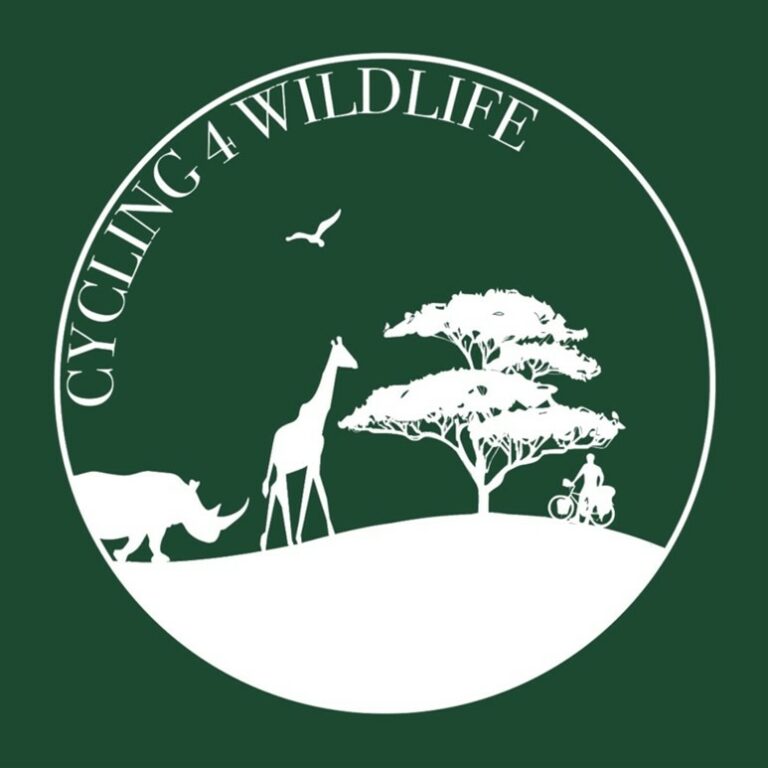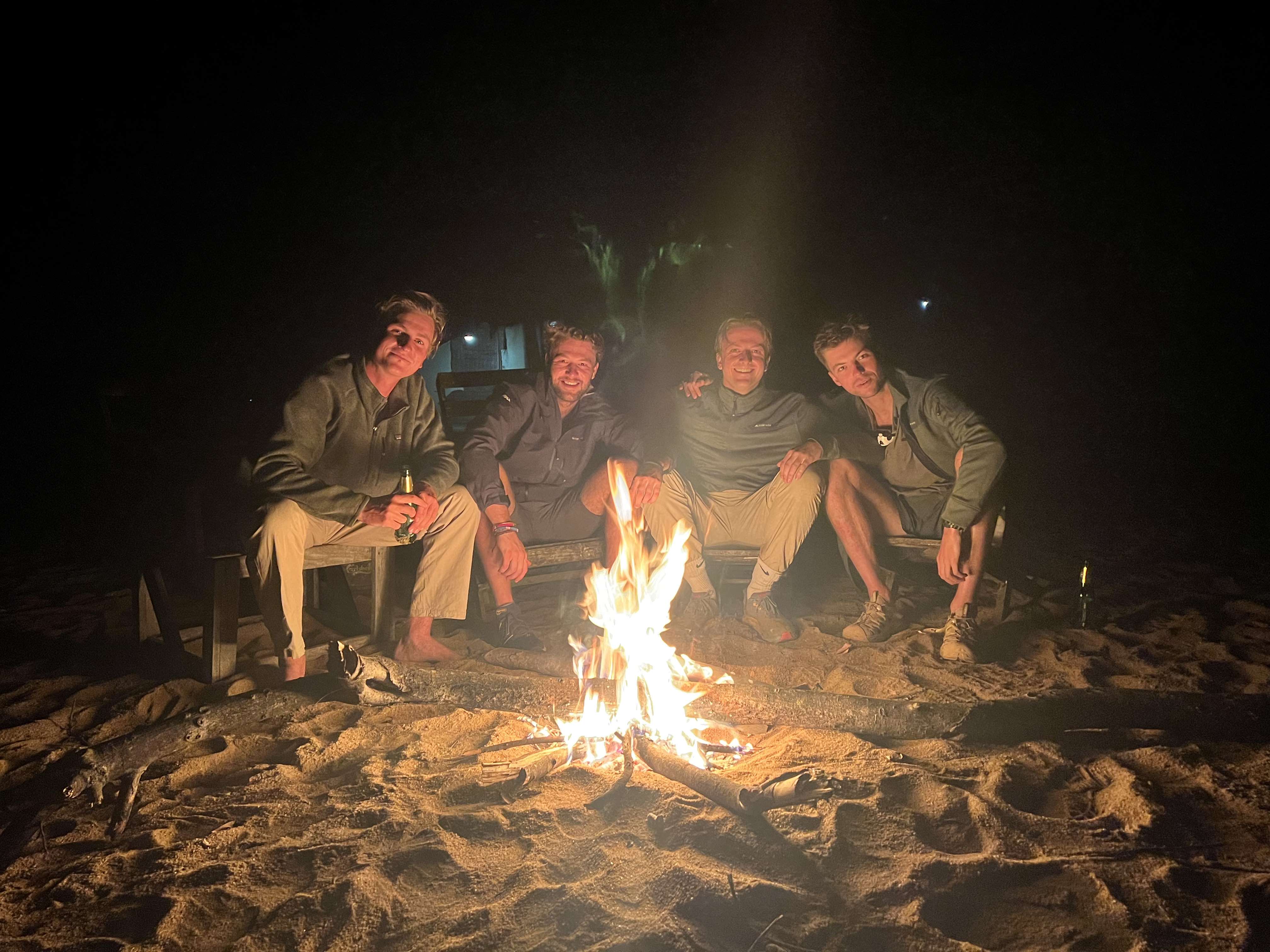
As per usual, we left Mbala, the first town in Zambia, a little later than we intended to. The reason was typically African: we couldn’t get breakfast in time as there was no gas at our hostel. Tho therefore headed out to buy some peanut butter and jam, which turned out to be a great success. When we were finally on the road, it was only a couple of kilometres before Jan’s knee was starting to bother him again. Soon it was clear that Jan couldn’t continue, so he had no choice but to take a vehicle to either Kasama or Mpika. Since have a rule never to leave anyone alone, Huib, Thomas and I used the good old rock-paper-scissors method to decide who would join him. Unfortunately, I lost.
Jan and I rode back to a junction we had passed earlier, and here we started looking for a ride to Kasama. When we saw the first pickup truck going in the right direction, we pulled him over and asked the driver if he could take us along. The driver in question was Honest, an account manager for Coca-Cola, who was in charge of all of Zambia’s Northern Province. For two and a half hours we talked about a wide range of topics (his work, his country, his family, football – more specifically about Jacob Mulenga, the Zambian striker who became somewhat of a cult hero at FC Utrecht and who brought his country the Africa Cup in 2012).
Honest also talked about how he came to marry his wife. As his wife came from a different tribe, this was not so straightforward. Honest’s grandparents disapproved of the marriage, further complicating the already intricate process of negotiations about a suitable price for the bride. In Zambia, Honest explained, it is custom to pay a sum to the bride’s parents. This sum is negotiated by the pair’s aunts and uncles, and is dependent on a wide range of factors, including the bride’s education and the income of the groom. Honest paid something in the region of 60,000 kwachas (±€3000) for his wife. Judging by his stories about her, I think she was worth it.
Just before we entered Kasama, Honest told us about a coffee plantation we passed. ‘The manager,’ he said laughing, ‘is a white man who speaks better Bemba [the local language] than myself!’ Once we were in town, Honest dropped us off at a friend’s restaurant. He was not a man of emotional good-byes: despite the fact that Jan and myself felt we had really bonded with Honest, he left without saying a word.
Over lunch, Jan and I looked at the map once more. We had to decide whether we would be going down to Mpika or spend the night in Kasama. Going to Mpika meant we would be closer to Bangweulu, the second park we would visit, but the more we looked at the map, the less sense it made to visit Bangweulu. Going there meant cycling down south for three days, and then going back the same way up to Mpika again, before heading east towards Isoka and Muyombe on our way to the Malawian border. With Jan’s knee needing rest, it all seemed a bit too much of a stretch. Jan and I decided to stay in Kasama and wait for Tho and Huib to discuss the matter. On Google Maps, we found a lodge named Thorn Tree, which had one review saying the coffee here was ‘out of this world’. Jan and I didn’t need much more convincing so we decided that this was where we would spend the night. When we arrived here, we were welcomed by a sign saying the lodge was closed. Gutted that we missed out on a good cup of coffee, we jumped back on our bicycles to look for another place to stay. But then Jan suddenly remembered that Thorn Tree was also the name of a safari company run by Claire Powell, a woman we had been in touch with via a Whatsapp group for cyclists in Africa, and who had helped us with the planning of our route. Eager to find out if she was here and hoping to still get our coffee fix, we decided to enter the premises anyway. Behind the gate, we were welcomed by a woman who told us that the lodge was indeed closed. She also told us Claire wasn’t here, but that we could talk to her mother, Hazel. We felt a little intrusive as we found Hazel lying in her chair in the backyard, but this feeling disappeared instantly when she welcomed us with open arms. She even offered us to stay in the cottage in the back of their garden. ‘And, since you’re cyclists’, she said, ‘we won’t charge you.’ On a day full of setbacks, we could not believe our luck. We also met Ewart, Hazel’s husband, and over cup of coffee that was indeed ‘out of this world’, the couple told us how they had ended up in Kasama. In the 1960s, they had come to Zambia, where for decades they had worked as teachers. Now, their son Luke was running a coffee farm just outside Kasama (as it turns out, his Bemba is indeed flawless), while daughter Claire was operating a safari business out of Livingstone. Both Luke’s and Claire’s children were born and raised in Zambia, and were even given Zambian names.
Having found our coffee and a place to sleep, we still had two issues: the first, whether to go to Bangweulu or not; and the second, what to do with Jan’s knee injury. We decided to lay the matters before Hazel and Ewart. Regarding the first, they were quite clear: the road down to Bangweulu was terrible, so they urged us to head straight to Malawi instead of going down south first and then back up again. Regarding the second, they offered Jan to stay in the cottage for as long as was necessary for his knee to recover. With this incredibly generous offer, it was decided that Tho, Huib and myself would start cycling east towards Muyombe, just before the Malawian border. This was a challenging four-day journey on terrible roads and across an escarpment, thus not the worst leg for Jan to skip. Meanwhile, Jan would stay in Kasama with the Powells. On the fourth day, he would be driven to Muyombe by George, a driver who had worked for the family for many years. Leaving Jan behind meant we would break our rule never to leave someone alone, but we were comforted by the thought that we could not have left him in better hands.
After buying enough food for two nights of wildcamping in the bush, we left Kasama early in the afternoon. For the remainder of the day, we managed to push out a little over 70 kilometres. We found a nice camping spot not far from the road, just out of sight so that no one would disturb us. After pitching our tent, we lit a small fire on which we cooked some braaibroodjies, a South African grilled sandwich with cheese, tomatoes and onions. After this simple yet satisfying meal, the three of us squeezed into our tent. Despite the lack of space, we were asleep before our heads hit our pillows. In the morning we relit the smouldering coals of the previous night’s fire, cooked some breakfast, and after a few cups of coffee we were back on our bikes again. For about 45 kilometres we cruised on smooth tarmac, albeit against a strong headwind. During the two hours this stretch took us, we cycled through vast wild lands, and encountered not a single vehicle on the road. We knew were in a remote part of the world, but we did wonder why no one was travelling on this road that seemed brand new. Then, just as we approached a river, we found out why: out of nowhere, the road just disappeared. Over the water stood an unfinished bridge, and beyond it we could see a glimpse of a heavily eroded gravel road. After devouring a few biscuits to process this disappointment, Huib and I climbed down from the bridge, so that Thomas could pass down our bicycles. Once we were back on our saddles, we set off on 70 kilometres of what would be the worst road yet. This stretch would take us more than seven hours, during which we cycled on loose rocks and sand so soft the beach at Domburg is compact in comparison. When we finally got to Isoka, our spines ached badly from all the trembling on our suspension-less bicycles, and our knees and elbows lay open from the many times we failed to find grip in the sand. Unfortunately, the town didn’t offer much relaxation. It was one large chaos of speeding cars, deafening music and drunk men harassing us for free beers. We did, however, find a place where they served good shima (maize porridge) and chicken. In any case, we slept like babies that night.
From Isoka it was a 165-kilometre ride to Muyombe. Since there was an escarpment between us and Muyombe, we would have to spend another night wildcamping in the bush. After doing buying some groceries, our plan was to leave early. At breakfast, however, we were delayed by a meeting with none other than the District Commissioner of the Isoka District, a Mr Jairo Simbeye. Mr Simbeye had only been in office for two months, but he seemed to have little problem adapting to the lifestyle that came with his lofty position. Every morning, Mr Simbeye comes to the Gracious Guesthouse dressed in a suit, where he is served two eggs and a sausage. On this occasion, Mr Simbeye was pleasantly surprised to find three Europeans sitting at his table. He talked proudly to us about his political career (initially he had run for a seat in parliament but after losing to his opponent the President himself had asked him to take the position of District Commissioner which, according to Mr Simbeye, was much better anyway), and about his plans for the district. Mr Simbeye did not seem to share our interest in conservation, calling the vast wilderness that we cycled through and admired ‘useless nothingness’. Rather, his interest was in mining. ‘We have everything here,’ he told us. ‘Gold, copper, tin. You name it.’ While Mr Simbeye was persuading us to invest in Zambian mining, his assistant walked around the table to take pictures of us. We could already imagine the caption on Mr Simbeye’s Facebook page:
IMPORTANT MEETING WITH POTENTIAL INVESTORS FROM EUROPE
After saying goodbye to Mr Simbeye and his entourage, the three of us started heading towards Muyombe. For 69 kilometres, we cycled on good tarmac, before we were back on gravel at the base of the Mafinga mountains. With its many high peaks, our trek through the escarpment was one of the most challenging, but also one of the most beautiful parts of our journey so far. The views were incredible, and although all of my lunch (sandwich with peanut butter and cucumber) came out on the first really steep climb, these were some of the most rewarding and enjoyable kilometres I have ever ridden.
That night, we camped in a dry riverbed high up on a plateau. After the chaos of Isoka on the previous night, we thoroughly enjoyed the tranquility of camping in the wilderness. The only disturbance came early in the morning, when a friendly man from the local village came to offer us some tomatoes. They proved a nice addition to our instant ramen breakfast.
The leg to Muyombe was a quick one. A shortcut meant we could cut out 15 kilometres of our route, so by lunchtime we were riding into our hostel. The largest town in a radius of more than 150 kilometres, Muyombe was nothing more than a dirt road with a few shacks on either side of it. They did sell cold Black Labels, however, so we had no complaints as we waited a day for Jan’s arrival. Finally reunited, we headed for the Malawian border on the next day. When we arrived here around 10 in the morning, there was no border officer to be found. Instead, we found a group of about twelve people on the Malawian side, clearly drunk out of their minds. One of them told us the border officer had gone to Rumphi, about 60 kilometres from here. Just before we left, we asked him if there was any time difference between Zambia and Malawi. ‘Yes’, he said. ‘For example, when it is 8:30 in Zambia, it is… let me think… 8:28 in Malawi.’
Fascinated by our first encounter with this new country, we started heading for Rumphi.



